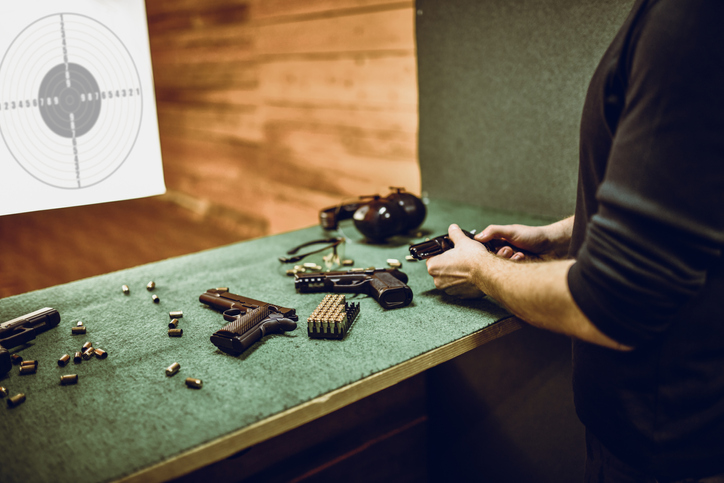How To Conduct A Proper Gun Check
Feb 23rd 2022

A properly cared-for gun should fire, load, and unload with ease. If you need to perform a gun check because you believe there is an issue or need to clean the gun, it's important to know the proper technique. Want to take your skills even further? Check out our training schedule for tactical training and contact us for more information or to enroll in a course.
Unload The Firearm
Before doing any check or maintenance on your firearm, you should always ensure no ammunition is in the gun. First, unload your gun with the barrel pointing in a safe direction. After removing the magazine, ensure the chamber is also empty. By treating every firearm as if it's loaded until it can be confirmed, you can avoid safety concerns.
Obstructions
Check the barrel to ensure there are no internal obstructions. You want to ensure the barrel has a smooth, clean surface all the way around. Obstructions, such as grease or dirt, can create pressure when firing your gun. Remove any debris from the barrel with a cleaning patch or a jag. If the matter proves stubborn, bring it to a gunsmith for investigation as removing obstructions improperly can cause damage to the firearm.
Signs Of Fatigue
Look for signs of fatigue such as pitting, deep rust, cracks, or warping. Depending on the location, minimal pitting can be alright, but deeper pitting may be a serious issue. If not properly cared for, a neglected firearm can malfunction and may even blow up. If you notice any of these signs, you should have the gun looked at by a professional gunsmith for proper gun safety.
Proper Operation
When properly cared for and in good working order, each firearm component should work with ease. Check the bolt, slide, or charging handle to ensure it moves smoothly and there are no hang-ups. Make sure magazines can be loaded and unloaded easily. Ensure the safety turns on without issue and that the gun will not fire with the safety on or that the safety does not disengage. While the safety is engaged and all ammunition removed, give the firearm a good, solid thump. Sometimes, the safety can disengage when jarred if there are issues with the component. Figuring out this issue while the gun is unloaded can prevent an avoidable tragedy.
Six Maritime offers tactical weapon training to help hone your skills in real-time. Contact us today to start working one-on-one with a trainer.




